From the July/August 2024 issue of Apollo. Preview and subscribe here.
Parcours des Mondes offers – literally – ‘Journeys through Worlds’. This annual global art festival also brings the world to Paris. The arrival of these international collectors, curators and enthusiasts will be especially welcome in the galleries of Saint-Germain-des-Prés this year. For these are challenging times – and not only for obvious geopolitical reasons. As dealer and auction-house expert Charles-Wesley Hourdé explained, ‘We have a generational problem. Old collections are being sold but there are not enough collectors in France to support the market.’ As ever, there is demand for important pieces, but he sees a windening chasm in price between the best and the rest.
A visible response is the enlarged presence of modern and contemporary art at the event this year, and exhibitions that cross categories in a bid to grow the audience. In the most imaginative and ambitious of these gallery shows, Hourdé responds to the centenary of the birth of Surrealism, the subject of a major show at the Centre Pompidou in September. Working in partnership with the Pompidou, the Association André Breton, the Comité Professionnel des Galeries d’Art and Yaëlle Biro, formerly curator of African arts at the Metropolitan Museum of Art, the gallery presents ‘Zones de Contact’ (3–21 September). The exhibition explores the conceptual links between the Surrealist movement and the art of Africa, Oceania and the Americas. Significantly, it moves beyond the familiar narrative of ‘discovery’ and ‘aesthetic affinities’ that continues to inform Western scholarship.
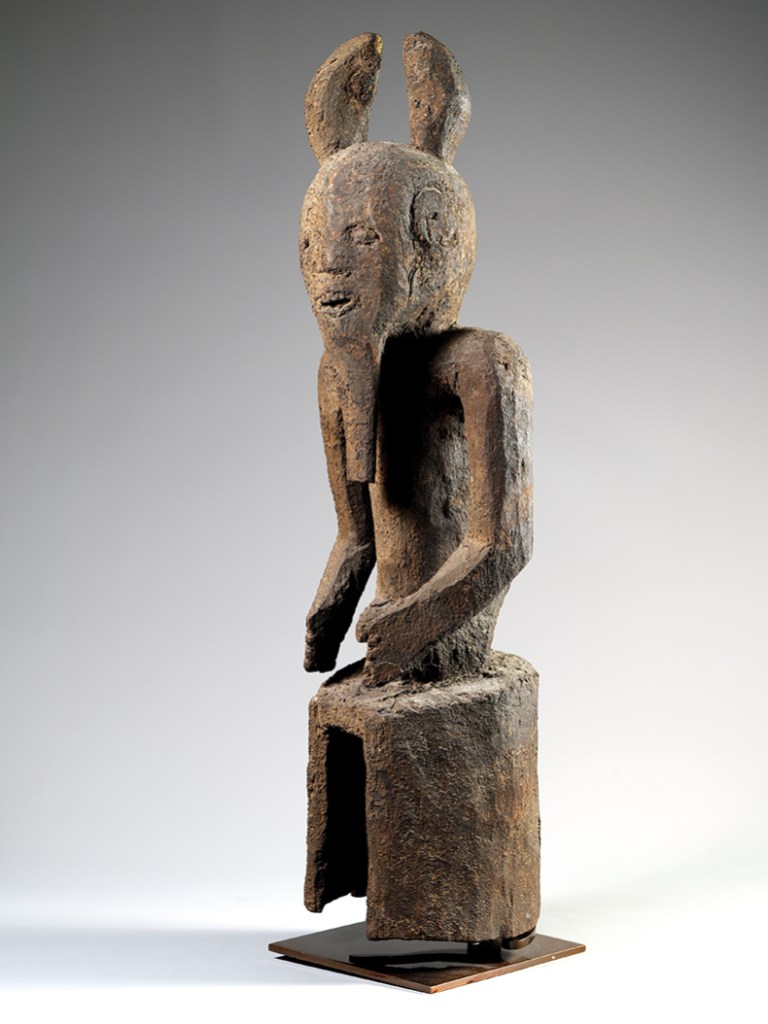
Kaka altar figure (early 20th century), Cameroon. Duende Art Projects (price on application)
The section on dreams, the unconscious and immateriality contains objects that were conceived with what might be called a Surrealist approach. Here are works linked with sleep, such as neckrests, or those inspired by dreams, visions or trance-like states. Dreaming, for instance, is the means through which the Dan people of Côte d’Ivoire and Liberia communicate with the holy spirit or Zu. Dan masks were made after a dancer dreamt of a mask and instructed the maker how it should look.
The Surrealists’ interest in ‘tribal’ art is illustrated through poetry, magazines, exhibitions and film (Michel Zimbacca and Jean-Louis Bédouin’s little-known documentary short L’Invention du monde, from 1952). Centre stage are works that once belonged to members of the group, not least André Breton’s imposing Uli figure from New Ireland in Papua New Guinea, as well as pieces with provenances that include the Cuban artist Wifredo Lam, the Chilean painter Roberto Matta and Tristan Tzara, the father of Dada. Most of the 30 or so works are on loan but a selection for sale range in price from under €1,000 to more than €500,000.
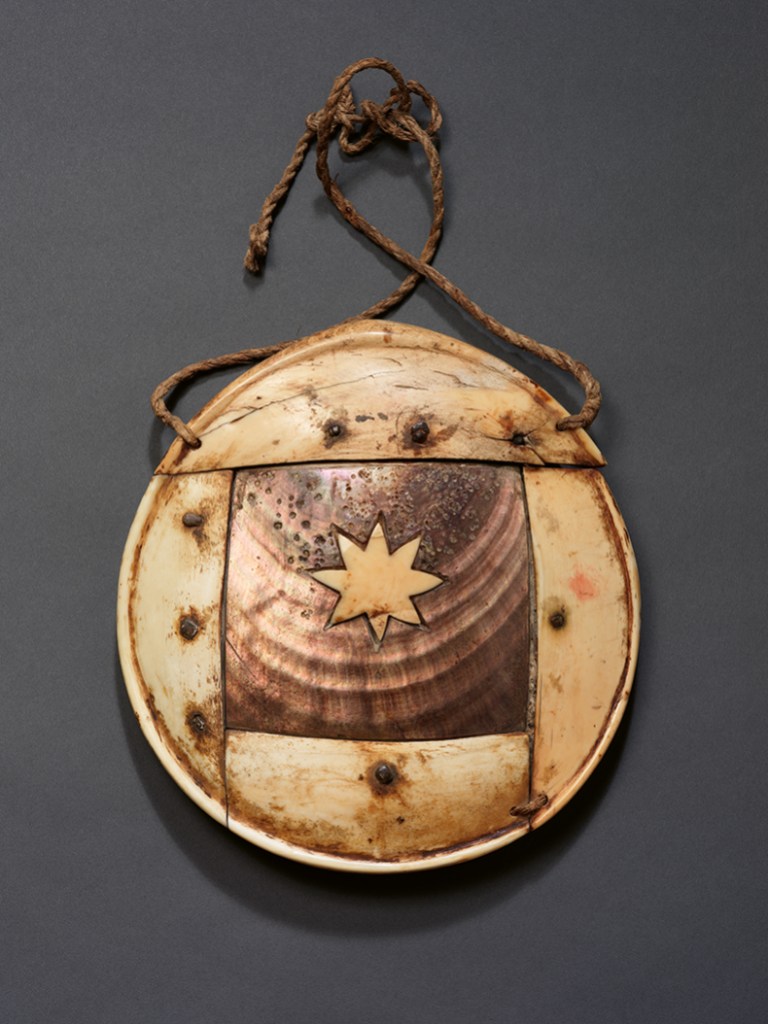
Civavonovono breastplate (19th century), Fiji. Patrick and Ondine Mestdagh (in the range of €300,000)
Inevitably, works relating to the same theme are to be found throughout the fair. New York dealers Pace African & Oceanic Art, for instance, flourish a striking 19th-century Sepik River neckrest, again from Papua New Guinea, a work by the ‘Master of the double pillow’, deaccessioned from a museum in Prague. Other notable Oceanic pieces include a rare 19th-century civavonovono breastplate made of sperm whale tooth and black-lip pearl oyster shell. These were favoured materials for body ornaments in several Pacific island groups but this particular piece was a royal adornment worn by Fijian chiefs. Shown by Brussels dealers Patrick and Ondine Mestdagh, it is priced around €300,000. An exceptional Parak spirit mask from the East Sepik province is the highlight of Franck Marcelin’s exhibition and catalogue, ‘Formes et Esprits’, which also includes Inuit works.
Palos Verdes-based exhibitor Michael Hamson presents an imposing gable mask that would have adorned a Middle Sepik River ceremonial house. The spirit is smiling but showing its teeth as a reminder of the double edge of its power – beneficent for those adhering to the prescribed taboos, dangerous to those that ignore them. While Hamson is still selling well at the top of the market, he feels that the air is getting thin. Recognising a desire for pieces fresh to the market, he is unveiling a group of objects collected by a German sea captain in 1884 and not seen on the market for 140 years – the most important piece a rare shield from Astrolabe Bay in eastern Papua New Guinea.
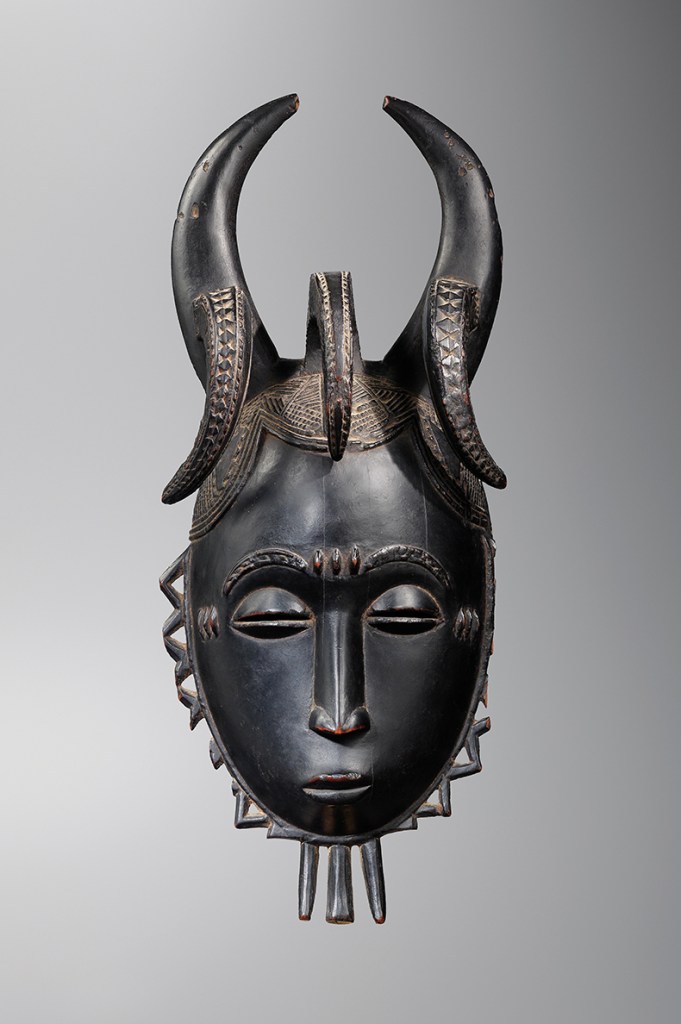
Yaure mask (19th century), Côte d’Ivoire. Arte y Ritual (price on application)
Parcours would not be Parcours without classic African masks, and Madrid dealership Arte y Ritual is bringing a group from West Africa. Its Yaure mask is, Ana and Antonio Casanovas believe, the best example in the corpus and has been hidden in the same collection for the last 60 years. ‘It is even more exciting since it has never been published before, so it will be a great discovery.’ Prices range from €3,000 to more than €1m. Dalton Somaré from Milan once again focuses on Kota reliquary guardian figures, unique among African sculptural forms for their combination of hammered metal and wood.
A real revelation is promised by the 12 richly patinated sculptures produced by the Kaka people, who live on the Nigeria-Cameroon border. Very little is known about this art, which is often misattributed to the Keaka. In ‘Dévoilée – Unveiled’, Bruno Claessens’s Duende Art Projects is presenting about 10 per cent of the known corpus and aiming to bring clarity to this confusion. Included are two large altar figures. Among the Bakongo objects on show at Galerie Abla & Alain Lecomte is a rare Yombe nsiba whistle, a pierced sculpture into which a dwarf antelope horn is inserted.
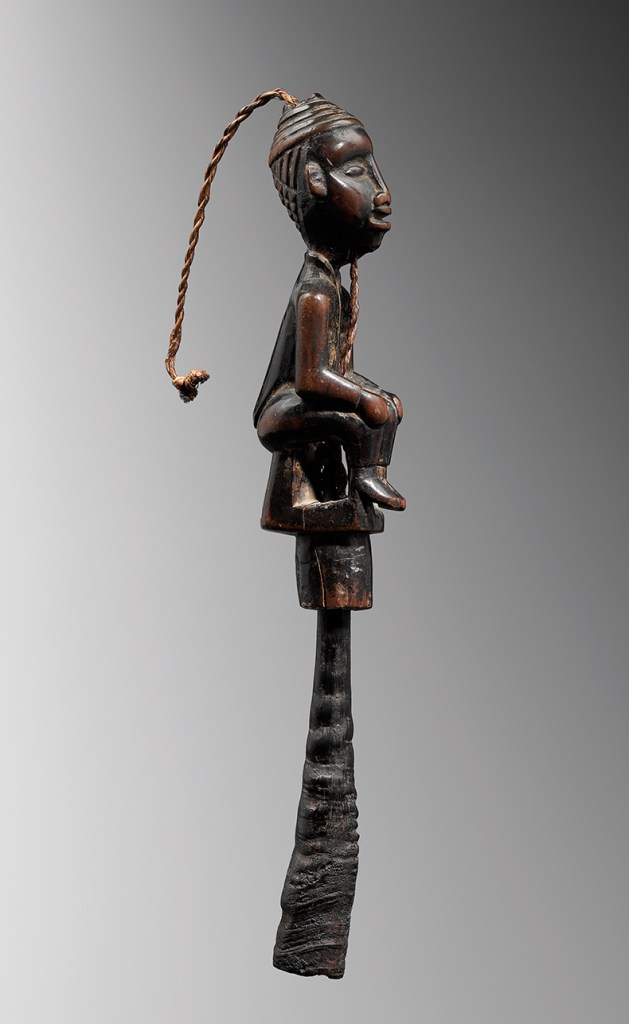
Nsiba whistle (late 19th century or earlier), Yombe people, Congo, Democratic Republic of Congo or Angola. Galerie Abla & Alain Lecomte (price on application)
Not to be forgotten on this global journey are Egyptian antiquities at Harmakhis, the kachina dolls of the Native American Hopi tribe on show at Galerie Flak, and an exploration of Asian religions, through Buddhist, Taoist and Shinto statuary at the Gauchet Art Asiatique gallery. Intriguingly, these early sculptures are presented alongside works of art by Indigenous Australians.
Galerie Vallois adds the dimension of time by presenting a dialogue between ancestral ritual practice and contemporary creation. Robert Vallois’s distinguished collection of Lega art will be presented in dialogue with the graphic work of the contemporary Cuban artist Armando Sánchez (known as Mikimando). The latter fuses traditional elements specific to Afro-Cuban religion and the symbols of Cuban modernity. Showcase exhibitor and contemporary art dealer Christophe Person, meanwhile, presents the first retrospective of the Malian artist Amahiguéré Dolo (1955–2022) whose work – sculpture, paintings and drawings – is described as bordering on animism and Surrealism. There will be much in Paris this September to remind visitors of the universality of the human experience.
Parcours des Mondes takes place in the galleries around Saint-Germain-des-Prés, from 10–15 September.
From the July/August 2024 issue of Apollo. Preview and subscribe here.





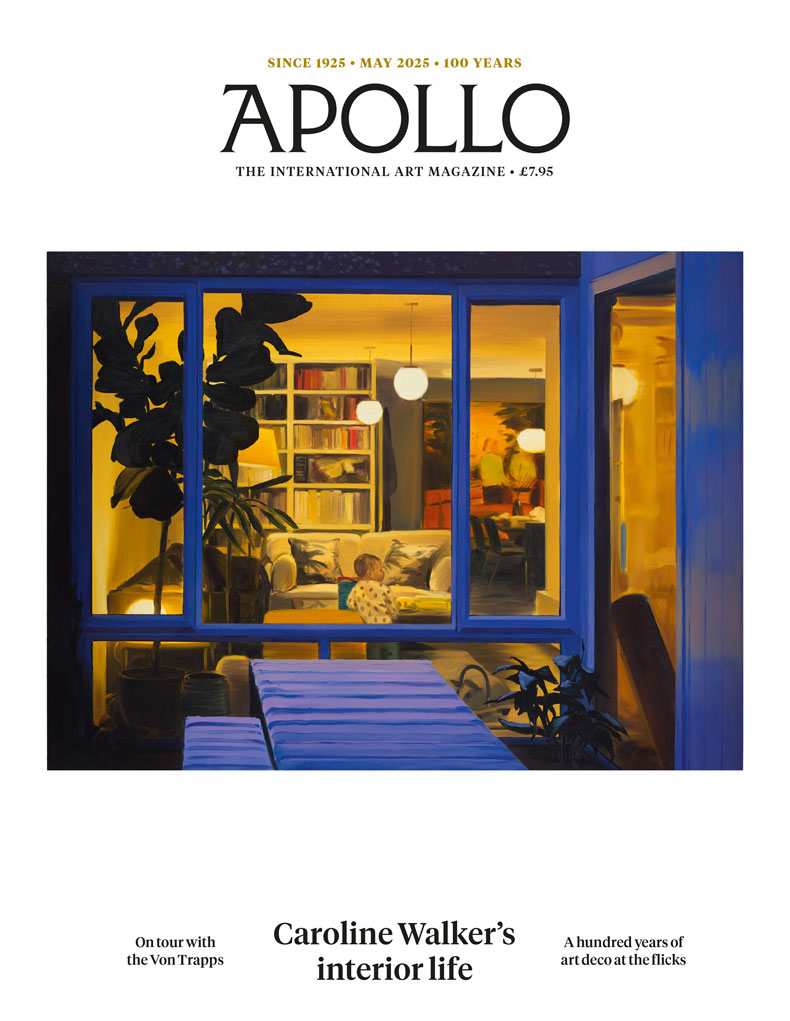








![Masterpiece [Re]discovery 2022. Photo: Ben Fisher Photography, courtesy of Masterpiece London](http://zephr.apollo-magazine.com/wp-content/uploads/2022/07/MPL2022_4263.jpg)
Suzanne Valadon’s shifting gaze